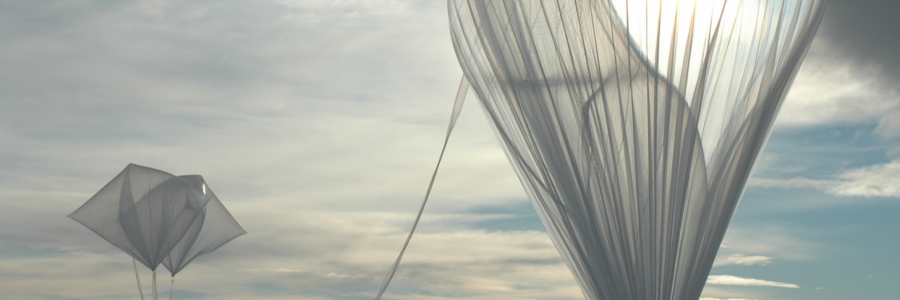ESBO DS stands for European Stratospheric Balloon Observatory - Design Study. It is a Research Infrastructure project funded under the European Union's Horizon 2020 programme that paves the way for an astronomical observatory infrastructure based on stratospheric balloons - ESBO.
Why?
For most astronomical measurements, the Earth's atmosphere is an obstacle. Observers thus started early to move their instrument as high above the perturbing atmospheric layers as possible. Spacecraft provide access to optimal observing conditions in this endeavour. However, they are not very accessible after launch and comparably expensive. For some astronomical applications, though, particularly in the far infrared wavelength region and in some parts of the ultraviolet, it is sufficient to take a smaller step up – into the stratosphere.
How?
ESBO DS is working to realise this step up - by creating a European research infrastructure to fly ballooing-based telescopes to altitudes of 30 to 40 km. With regular flights, exchangeable instruments, and open access to observation time.
Within the three-year pilot project ESBO DS, two main steps will be taken:
- The development and construction of a prototype gondola and telescope, which shall perform technology tests as well as deliver first scientific results during its maiden flight with a newly developed UV-instrument provided by the Institute for Astronomy and Astrophysics at the University of Tübingen, Germany.
- The development of a strategy for the long-term establishment and operation of the observatory – including the study of the technical feasibility of balloon flights with larger telescopes, particularly of the 5 m aperture class for far infrared observations.
Who?
ESBO DS is carried out by a consortium of five European partners from the scientific community and industry:
- The Institute of Space Systems at the University of Stuttgart, Germany
- The Swedish Space Corporation
- The Institute for Astronomy and Astrophysics at the University of Tübingen, Germany
- The Max Planck Institute for extraterrestrial Physics, Germany
- The Instituto de Astrofísica de Andalucía, Spain

This project has received funding from the European Union's Horizon 2020 research and innovation programme under grant agreement No 777516.


